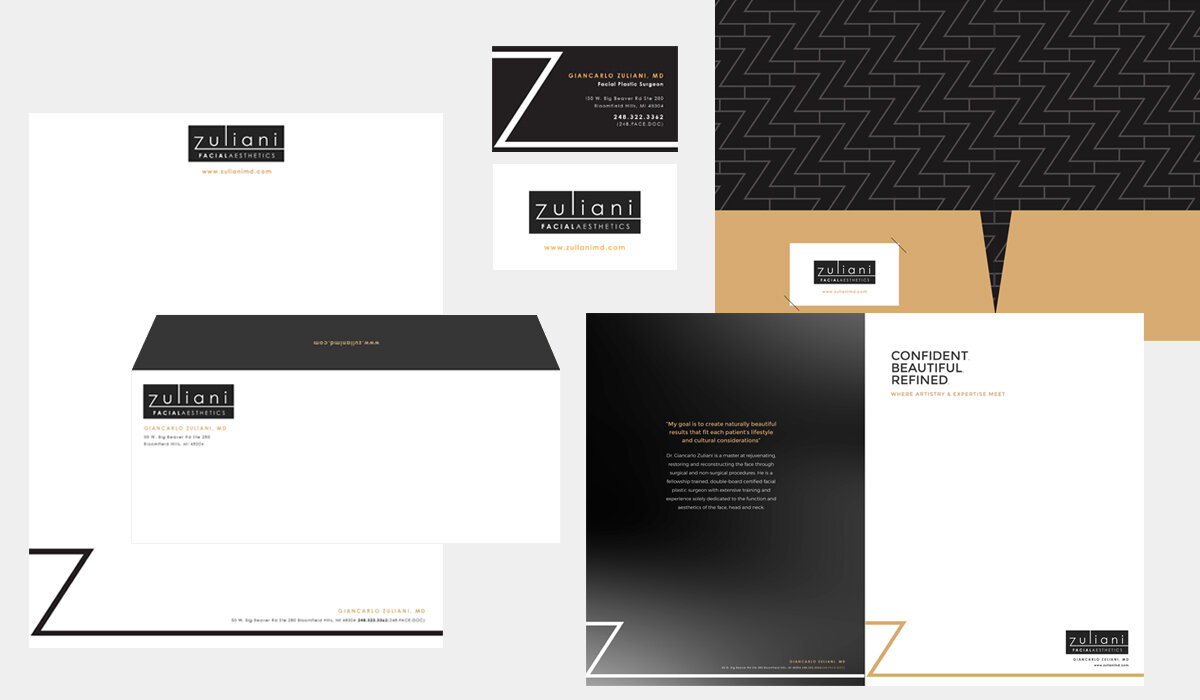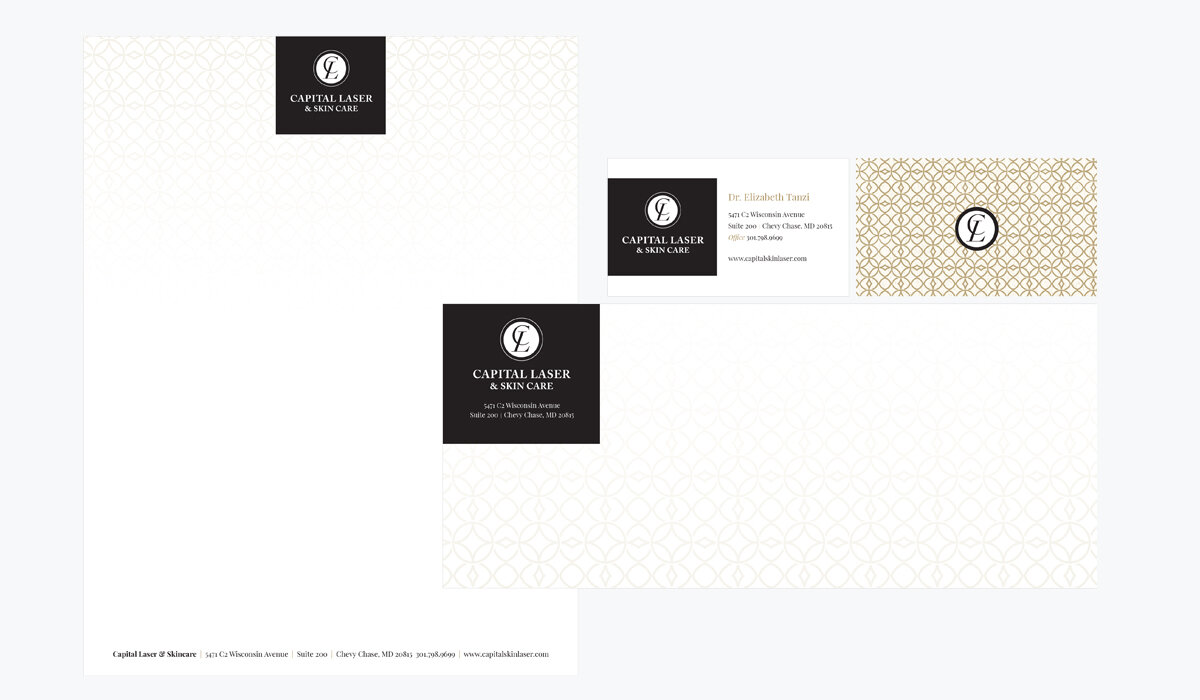
Branding your Business to generate success
Branding: Crafting Your Business’s Unique Identity
In a world saturated with choices, branding is what sets a business apart from the competition. It's the art and science of shaping perceptions, building trust, and creating a unique identity that resonates with customers. Branding is more than just a logo or a catchy slogan—it's the essence of what your business stands for and how it communicates that essence to the world.
Understanding Branding
At its core, branding is about creating a distinct presence in the market that attracts and retains loyal customers. It involves defining the mission, values, and personality of your business, and consistently reflecting these elements in every interaction with your audience. A brand is not just what you say about your business; it’s also what others perceive and feel about it.
logos
There is a certain amount of magic in a memorable logo that is hard to define. Think Apple, Target, Nike and Amazon. The best logos are simple; good at any size; impactful; as attractive in color as black and white; and relevant to the business without being cliché or heavy handed. Logos do not determine the brand; they represent it.
stationary
Even in our digital age, a handsome business card, letterhead and envelope makes a great impression when it is elegantly designed and consistent with all marketing elements. The stationery collection needs to look like a company’s website, collateral materials and everything that represents current and future clients.
loyalty programs
Customers in all businesses have come to expect that their loyalty will be rewarded with discounts and specials. But creating and marketing a well-run loyalty program takes more than beautiful design and compelling written content. It must be easy to use and give the level of value worth coming back for.

Small Business Branding
Branding starts with an authentic, only-you-can-own it branding strategy that drives all your marketing efforts. In branding, every interaction with a potential customer is a chance to reinforce your brand.
The Importance of a Strong Brand
a. Differentiation: In competitive industries, a strong brand helps you stand out. It highlights what makes your business unique and why customers should choose you over others. This differentiation can be the key to gaining a competitive edge.
b. Emotional Connection: Brands that evoke emotions create lasting impressions. When customers feel connected to your brand, they are more likely to become repeat buyers and advocates. A strong emotional bond can turn customers into brand loyalists who support your business through word-of-mouth and social media.
c. Trust and Credibility: A well-established brand builds trust and credibility. Customers are more likely to purchase from a brand they recognize and trust. Consistent branding that delivers on its promises reinforces this trust and encourages customer loyalty.
d. Brand Equity: Over time, a strong brand builds equity, which is the value derived from customer perception and recognition. High brand equity allows businesses to charge premium prices, expand into new markets, and withstand competition.
Building a Strong Brand
a. Define Your Brand Identity: Start by defining what your brand stands for. What are your core values, mission, and vision? Your brand identity should reflect your business’s personality and promise to customers. This identity will guide every aspect of your branding strategy, from visual design to messaging.
b. Know Your Audience: Understanding your target audience is essential for effective branding. Research their needs, preferences, and behaviors. Tailor your brand’s message and tone to resonate with them. The more you understand your audience, the better you can connect with them on a personal level.
c. Create a Visual Identity: Your visual identity includes your logo, color palette, typography, and overall design aesthetic. These elements should be consistent across all platforms and communications to create a cohesive brand experience. A memorable visual identity helps customers instantly recognize your brand.
d. Develop Your Brand Voice: Your brand voice is how you communicate with your audience. It should be consistent with your brand’s personality. Whether your tone is professional, friendly, playful, or authoritative, it should remain consistent in all your content, from social media posts to customer service interactions.
e. Tell Your Story: Every brand has a story, and storytelling is a powerful tool in branding. Share the journey of your business—how it started, the challenges you’ve overcome, and the impact you aim to make. A compelling brand story humanizes your business and creates an emotional connection with your audience.
Maintaining Brand Consistency
Consistency is key to building a strong brand. Every aspect of your business, from your product quality to customer service, should align with your brand’s identity. Inconsistent branding can confuse customers and weaken your brand’s impact.
a. Brand Guidelines: Develop brand guidelines that outline how your brand should be represented across all channels. These guidelines should cover your visual identity, brand voice, and messaging. They ensure that everyone in your organization is aligned and that your brand remains consistent.
b. Evolving Your Brand: While consistency is important, your brand should also evolve over time to stay relevant. As market conditions and customer preferences change, be open to refining your brand. This doesn’t mean changing your brand’s core identity, but rather adapting to ensure it continues to resonate with your audience.
The Role of Branding in Marketing
Branding is the foundation of all your marketing efforts. A strong brand enhances the effectiveness of your marketing campaigns by creating a recognizable and trusted presence in the market. When customers encounter your marketing messages, they should immediately connect them with your brand’s identity and values.
a. Branding in Digital Marketing: In the digital age, your brand’s presence online is crucial. From your website and social media profiles to email marketing and online ads, your brand should be consistent and engaging. Digital marketing provides an opportunity to tell your brand’s story and build relationships with customers at scale.
b. Branding and Customer Experience: Every interaction a customer has with your business contributes to their perception of your brand. Whether it’s through your website, a social media post, or an in-store experience, ensure that every touchpoint aligns with your brand’s promise. A positive, consistent customer experience reinforces your brand and builds loyalty.


























